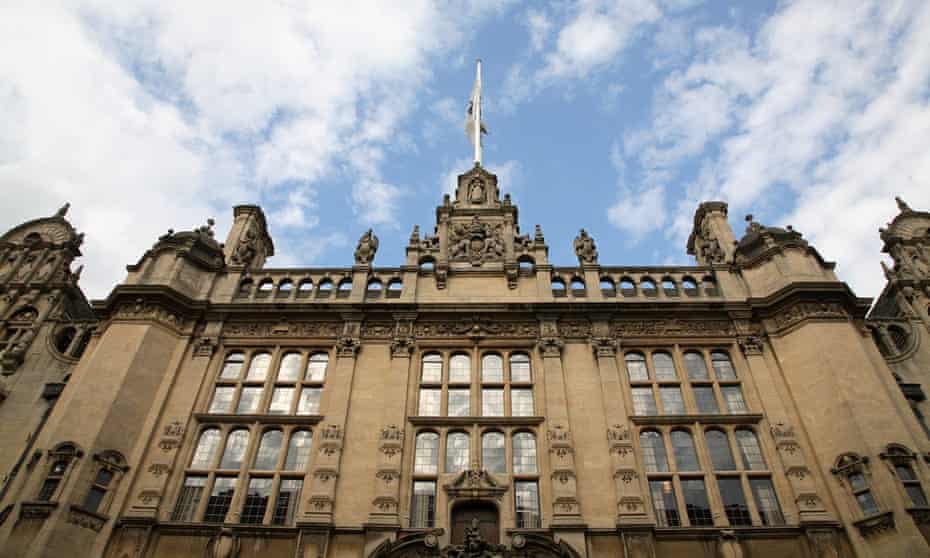Museum of Making, Derby
The Derby Silk Mill is built on the 300-year-old foundations of Lombe’s Mill, the world’s first fully mechanised factory. Now, an £18m project has turned the mill into the Museum of Making, celebrating three centuries of industry in the city. The museum houses 30,000 exhibits, including a seven-tonne Rolls-Royce Trent 1000 engine suspended from the ceiling of the new Civic Hall; a Midland Model Railway in the Railway Gallery; and a tiny engine run using a human hair. Visitors enter through the iron Bakewell Gates, which have stood outside the museum since 1725, while new additions include a viewing gallery at the top of the tower, a restaurant, the River Kitchen, overlooking the River Derwent, and a shop selling work by Derbyshire designers.
derbymuseums.org
Thackray Museum of Medicine, Leeds
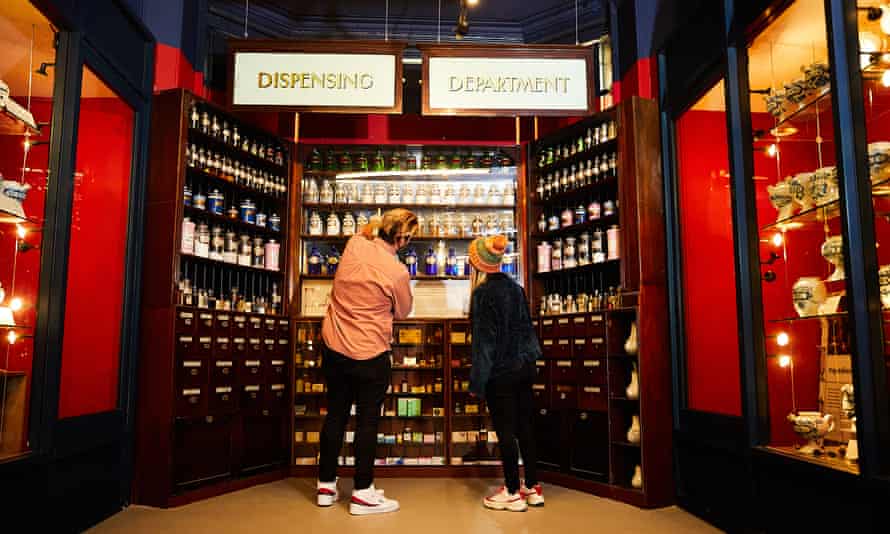
This medical museum opened in 1997 in an 1860s workhouse. It has recently had a £4m facelift to create 11 new galleries, improve its most popular exhibits and make the experience more immersive. Visitors can walk through the streets of Victorian Leeds; watch operations taking place in a 19th-century operating theatre; visit a 1970s sexual health clinic; and learn about medical innovations through history. The museum holds more than 48,000 items of historical medical equipment, including Prince Albert’s medicine chest and Hitler’s blood transfusion set. Fittingly, the museum became one of the UK’s first Covid vaccination centres in December.
thackraymuseum.co.uk
Imperial War Museum, London
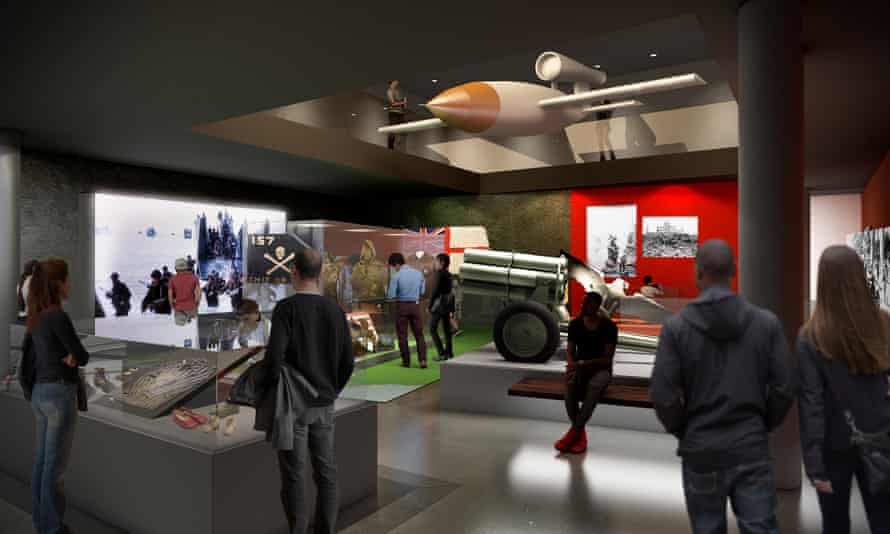
IWM London invested £30.5m in its new second world war and Holocaust galleries, which span two floors, with a 783kg V-1 flying bomb suspended between them. They present familiar objects, documents and photography alongside material displayed by IWM for the first time. The second world war galleries are made up of six spaces telling the story of the conflict chronologically, while the Holocaust galleries explore themes of persecution, escalation and annihilation, with personal stories at their heart.
iwm.org.uk
Wordsworth Grasmere
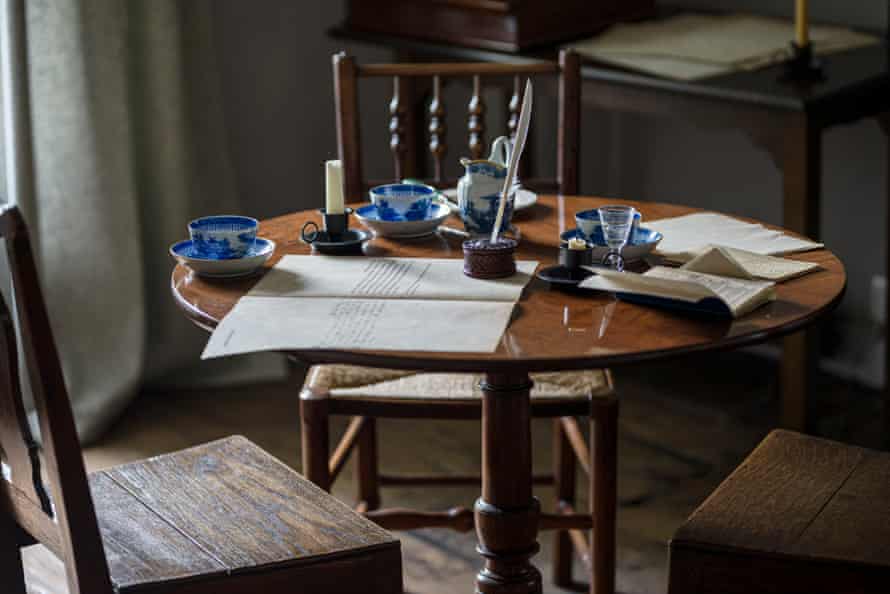
William Wordsworth and his sister Dorothy moved into Dove Cottage in Town End, a hamlet on the edge of Grasmere, Cumbria, in 1799. He wrote many of his best-known poems here, including I Wandered Lonely as a Cloud – inspired by Dorothy’s Grasmere Journal. The cottage has been restored to recreate the Wordsworths’ home, as has the semi-wild garden, orchard and woodland (the grounds are now open). The adjacent Wordsworth Museum, which houses manuscripts, books and art, has been expanded and modernised with interactive exhibitions and modern voices, plus a new rooftop viewing platform overlooking the poet’s beloved Grasmere Vale.
wordsworth.org.uk
The Potteries Museum and Art Gallery, Staffordshire
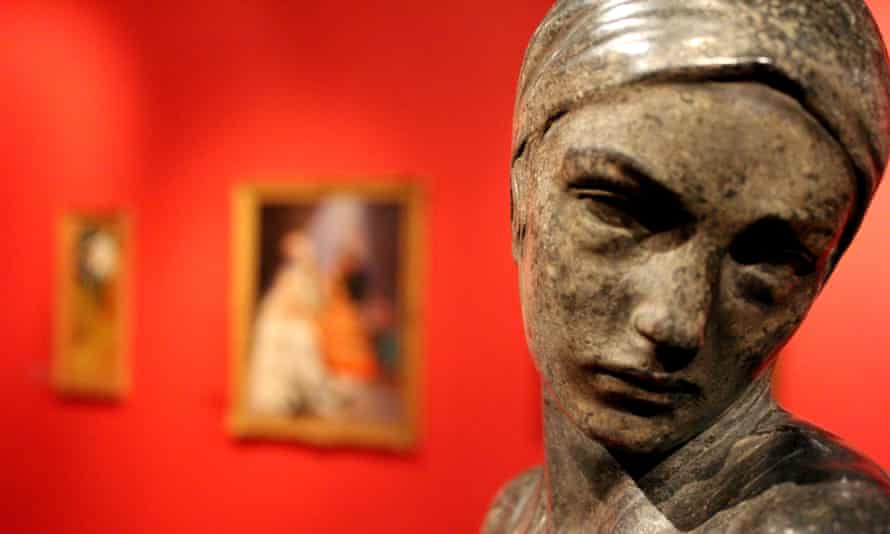
The inventor of the Spitfire, Reginald Mitchell, was born in Staffordshire, and Spitfire RW388 was presented to Stoke-on-Trent by the RAF in his honour in 1972. The aircraft, which is usually on display in the Potteries Museum in Hanley, has been undergoing restoration. When it returns this summer, it will be displayed in a new £6m glass-fronted gallery, and museum visitors can learn about the history of its design. The museum also has a world-class collection of ceramics, and Anglo-Saxon treasures from the Staffordshire Hoard.
stokemuseums.org.uk
Museum of the Home, London

The Geffrye Museum in Hoxton, east London, reopened as the Museum of the Home on 22 May – timely, after most people have spent a year in theirs. The Grade I-listed almshouses have been renovated to create 80% more space for exhibitions and events, with a new entrance opposite Hoxton station. The new Home Galleries run the length of the building; the Rooms Through Time have been refreshed and two rooms added, a Victorian room and a 1970s African-Caribbean family’s room; the vaulted library has an informal reading room (which opens in the autumn); and there is more information about the history of the almshouses and the people who lived there. A green roof and a new cafe with a terrace complete the £18.1m redevelopment. Upcoming exhibitions include a photography project about single mothers and an immersive “pets in the home” experience.
Reopening 12 June, museumofthehome.org.uk
Craven Museum and Gallery, Skipton
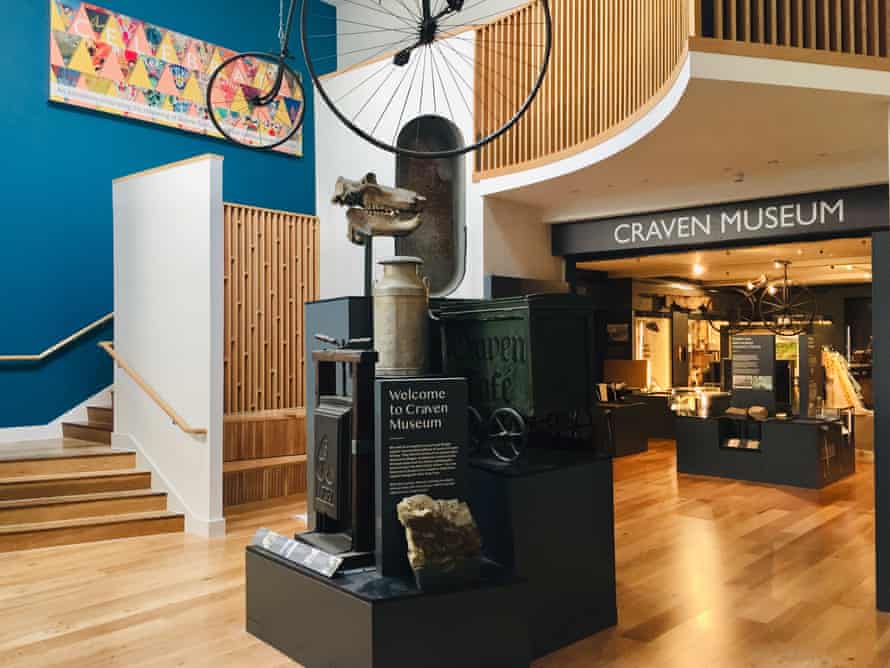
The Craven Museum is set to reopen on 21 June after closing in September 2018 as part of a major overhaul of Skipton town hall, where it is housed. The town hall has been redeveloped as a cultural hub with a modernised museum, an extended and restored concert hall, a gallery space and a tourist information centre. The museum itself has more than 60,000 objects spanning geology, archaeology, natural history, and the social history of home and work, all telling the story of the Craven Dales. One of its most notable exhibits is a copy of Shakespeare’s First Folio, owned by a local businessman and donated by his daughter – one of only four on display in the world.
Planned reopening 21 June, cravendc.gov.uk
Manchester Jewish Museum
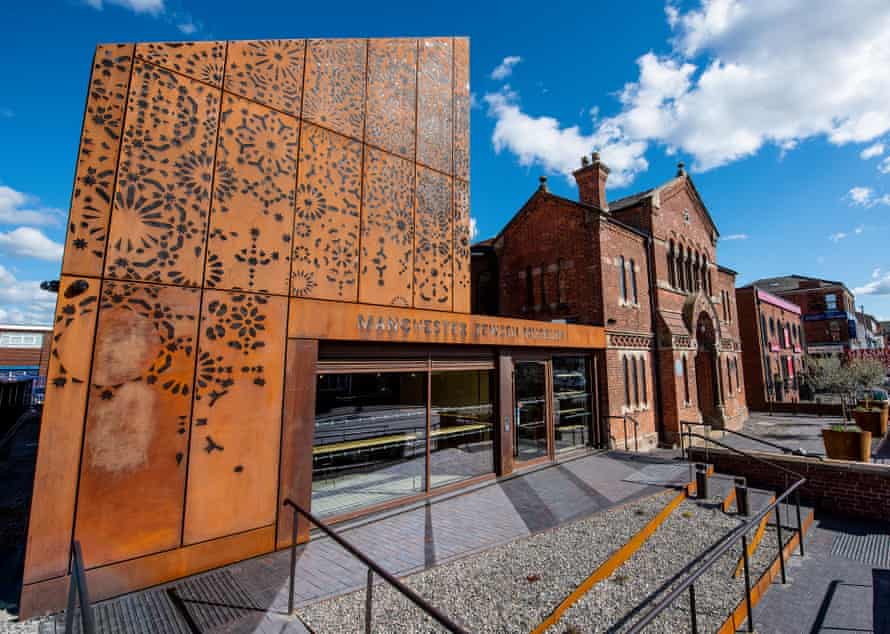
The Manchester Jewish Museum will have doubled in size by the time it reopens in July after a major refurbishment. The existing building, a Grade II-listed former synagogue built in 1874, was inspired by the Alhambra Palace in Granada, Spain. Now its Moorish Mediterranean architecture and decor are being restored. In addition, an extension will house a new gallery, learning studio, shop and cafe. A programme of events and exhibitions will focus on Jewish Manchester, as well as wider themes of migration, community and identity.
Opens 2 July, manchesterjewishmuseum.com
Lambeth Palace Library, London
The Lambeth Palace Library was founded in 1610 and has been open to the public ever since, housed in cramped conditions across 20 rooms in the palace. Now, finally, a purpose-built library has been built in the grounds. The collection, comprising more than 4,600 manuscripts and 200,000 books, is the most important religious archive in the UK and the second-biggest in Europe (after the Vatican in Rome). Highlights – including the ninth-century Mac Durnan Gospels, the illuminated Lambeth Bible, the execution warrant of Mary, Queen of Scots and the gloves worn by Charles I at his execution – will be displayed on a mezzanine level above the entrance. The covered terrace at the top of the nine-storey tower, which has views over London, will be open to the public once a month. The gardens around the library have been landscaped, with new trees and a bigger pond.
Opens summer, lambethpalacelibrary.org
Museum of Oxford
